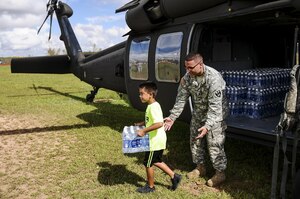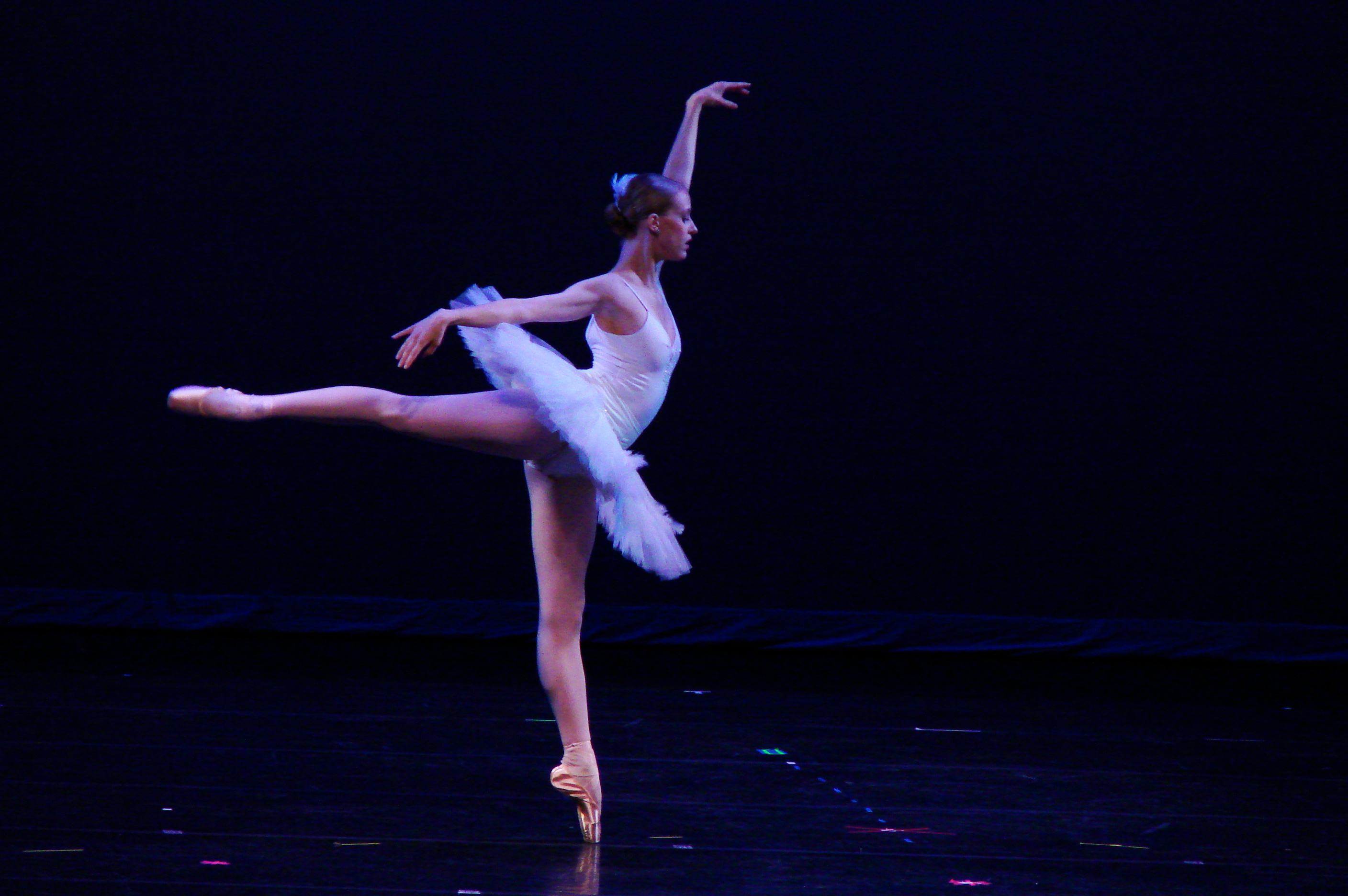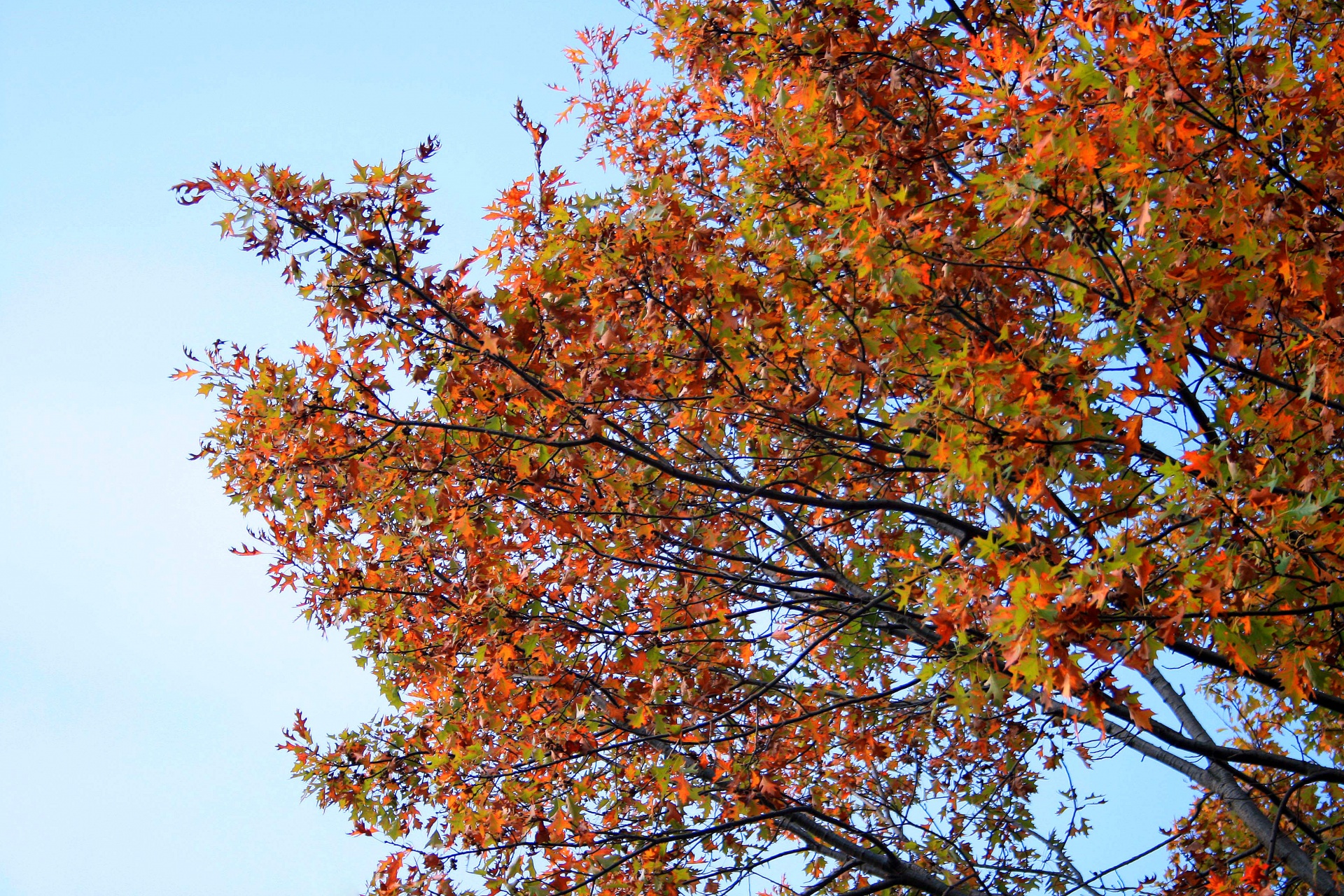Nature of Science
History of Science
Astronomy
STEM
Environmental & Science Education
Edward Hessler
"What's happening at the center of 3C 75?," is the question posed by the October 22, 2017 Astronomy Picture of the Day (APOD).
Dancing, that's what. Well more or less.The
APOD entry describes this dance as two "co-orbiting supermassive black holes powering the giant radio source 3C 75." When they merge, gravitational waves will be released. This is not close-dancing yet although given the size of the universe it is. The two dancers are separated by a mere 25,000 light years. The
Pin Wheel galaxy is roughly this distance from us. It is found in the constellation
Ursa Major, no doubt a familiar friend.
Theoretician Sean Carroll of CalTech has a nice but somewhat technical entry (at least for your's truly) on what the recent collision of two neutron stars means to cosmologists. an event known by professionals as GW170817. Astronomers and cosmologists would like to know how far away such events are from us.
This collision opened the era of "multi-messenger astronomy," which provides a way for astrophysicists to detect both gravitational waves
and electromagnetic radiation emanating from a single source. What this means is distance measurements from here to there are now possible.
Previously the amount of
redshift which is essential to measuring such distances, didn't allow this. As Carroll explains, gravitational waves don't provide sufficient spectral structure to measure the redshift. Additionally, the energy of the gravitational waves varies.
In traditional measurements stars known as standard candles are used to construct step-by-step, a "cosmic distance ladder." This is explained by Carroll but I include another link, a
Wiki entry.
I include this reference to Sean Carroll because this event has some personal relevance to Carroll. Additionally it is a lovely story in the history and nature of science. It turns out that when two of Carroll's colleagues were writing one of the early papers on such measurements, Carroll said to the authors "Well you have to call these things 'standard sirens.'" And so they are.
It turned out that this name had also been proposed by Sterl Phinney. Hughes and Holz acknowledged their work:
We
thank Sean Carroll and Sterl Phinney for independently
suggesting that the gravitational-wave analogue of the
standard candle be named the “standard siren”.
Professor Carroll's blog entry includes links to LIGO explainer, a table of the various spectra, waveforms and the chirp where you can hear it, as well as the link to the acknowledgements section of the Hughes and Holz paper.
Note: APOD entries are time-stamped so if you look for the October 22 entry after today it can be found in the archive.
h/t, several of them to Sean Carroll who writes the well-named blog,
The Preposterous Universe.


 CGEE Student Voice
CGEE Student Voice

























